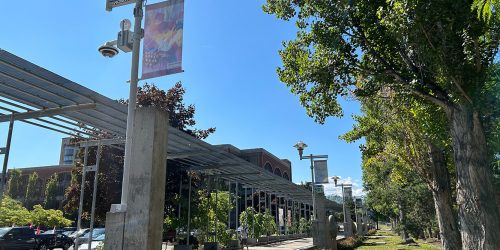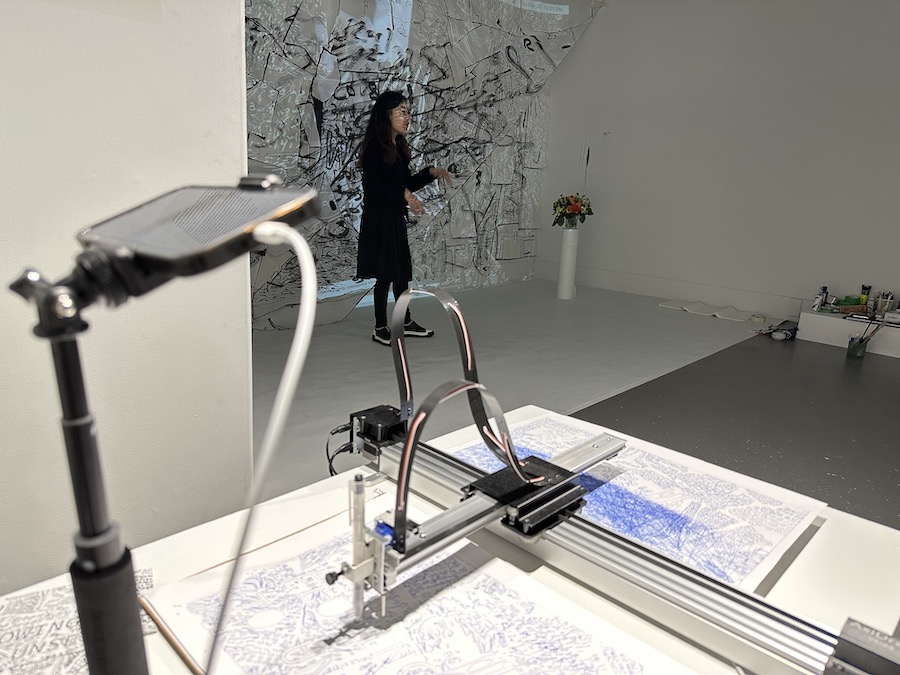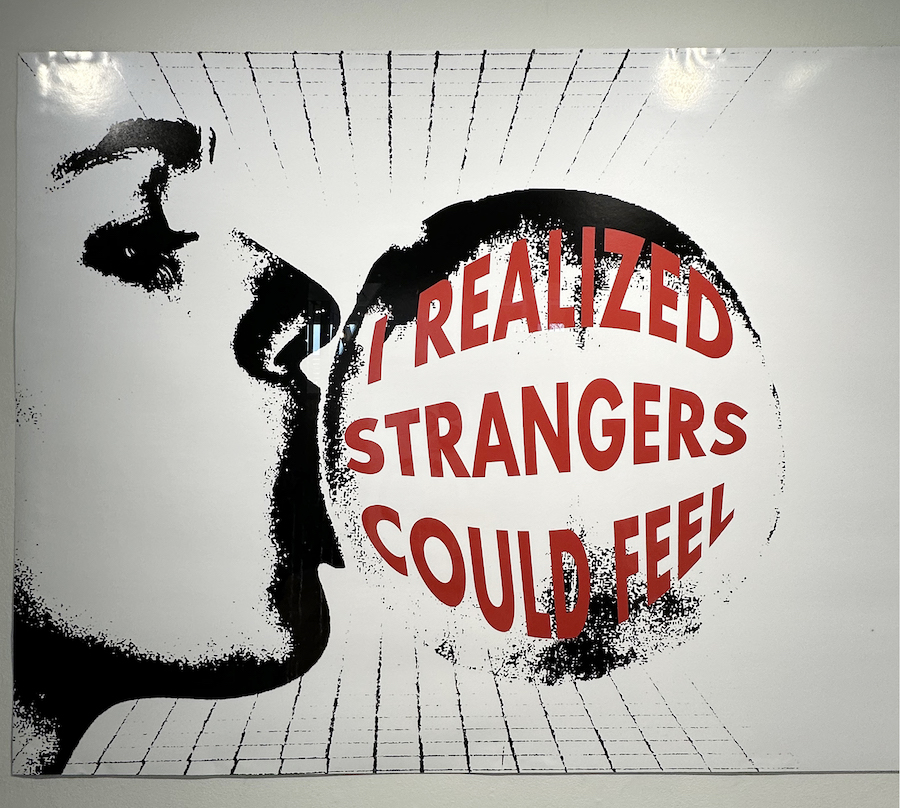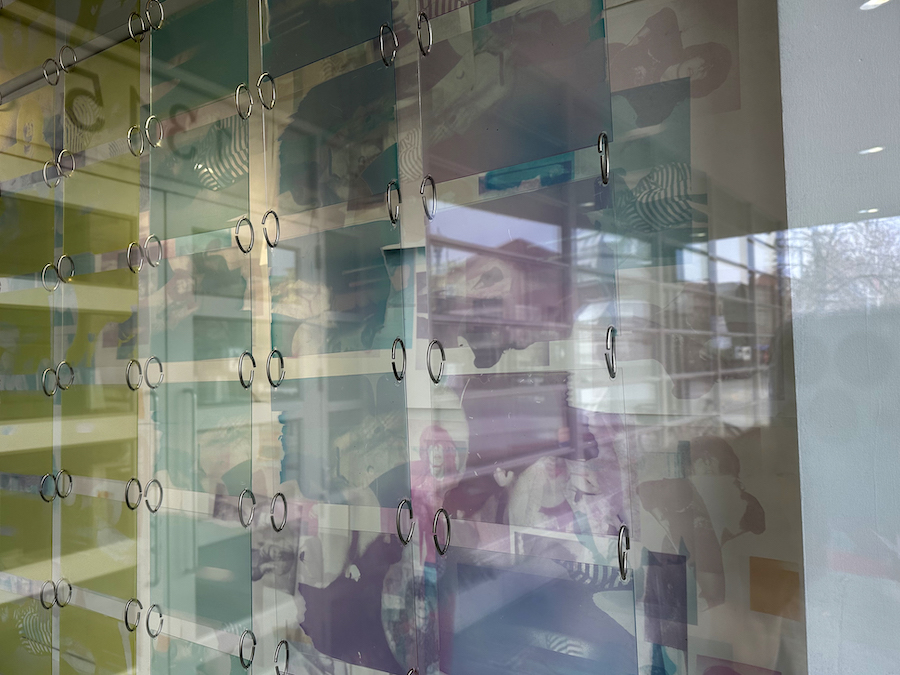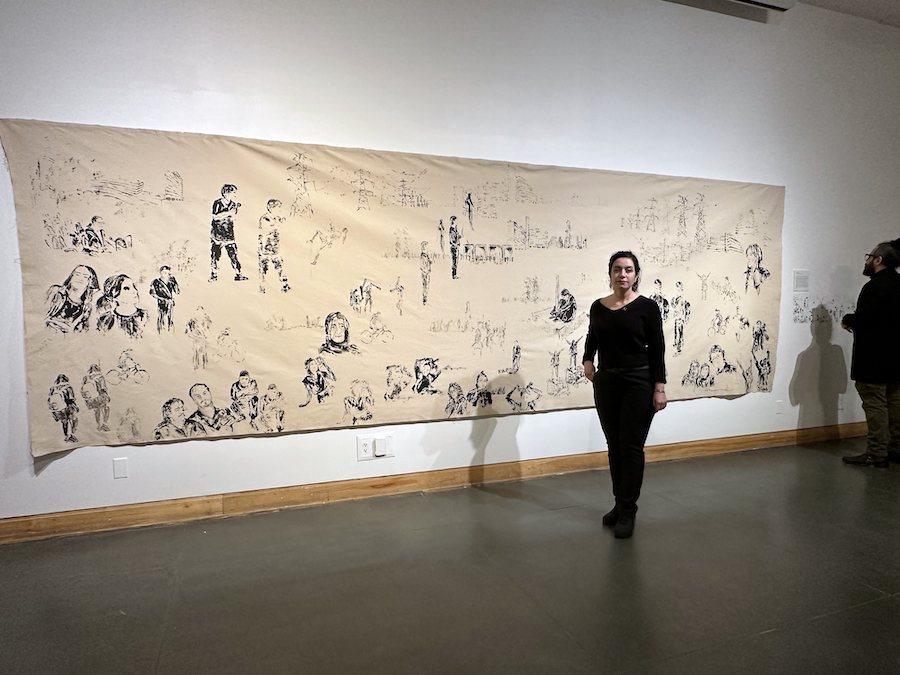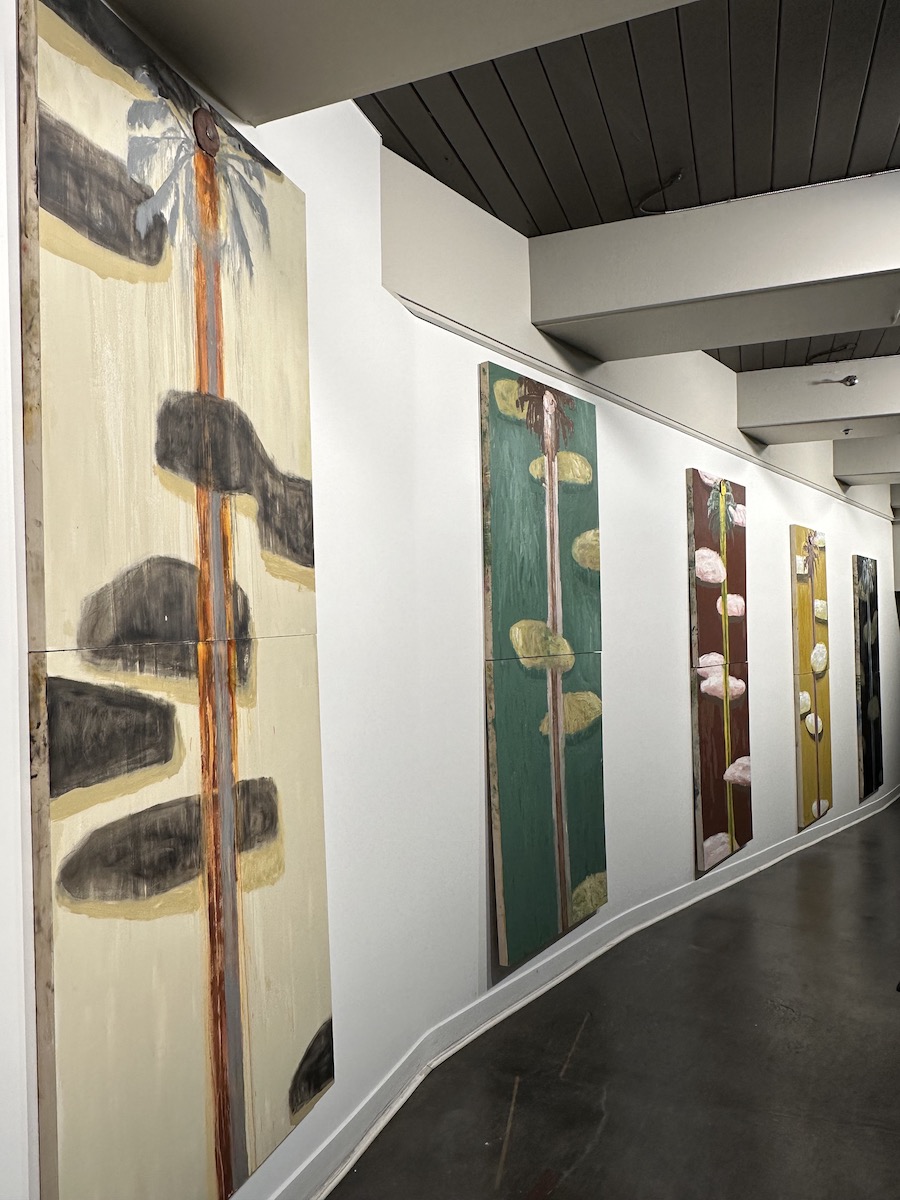One Thing Is Certain And The Rest Is Lies
One Thing Is Certain And The Rest Is Lies – by BFA graduate Moozhan Ahmadzadegan One thing is certain and the rest is lies is a continued exploration on navigating queer culture as a person connected to the Iranian diaspora in so-called Canada. Using common formal visual elements of Persian miniatures such as intricate patterns, flat 2D compositions, and architectural...
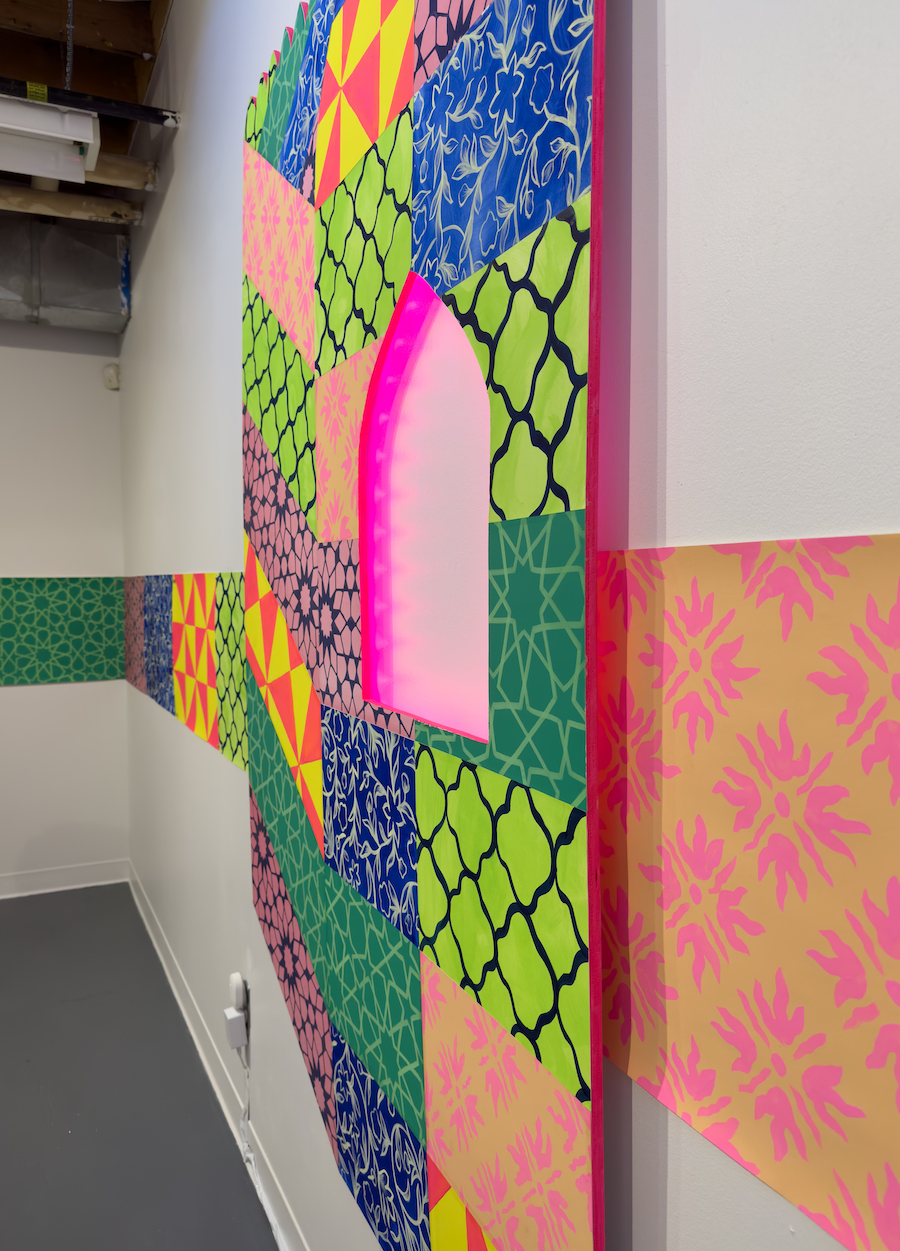
 Follow
Follow